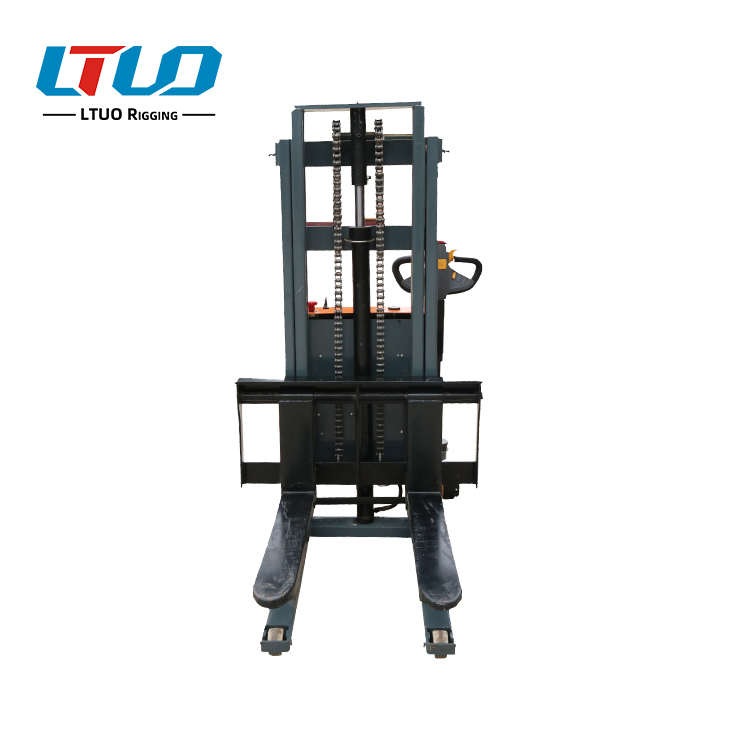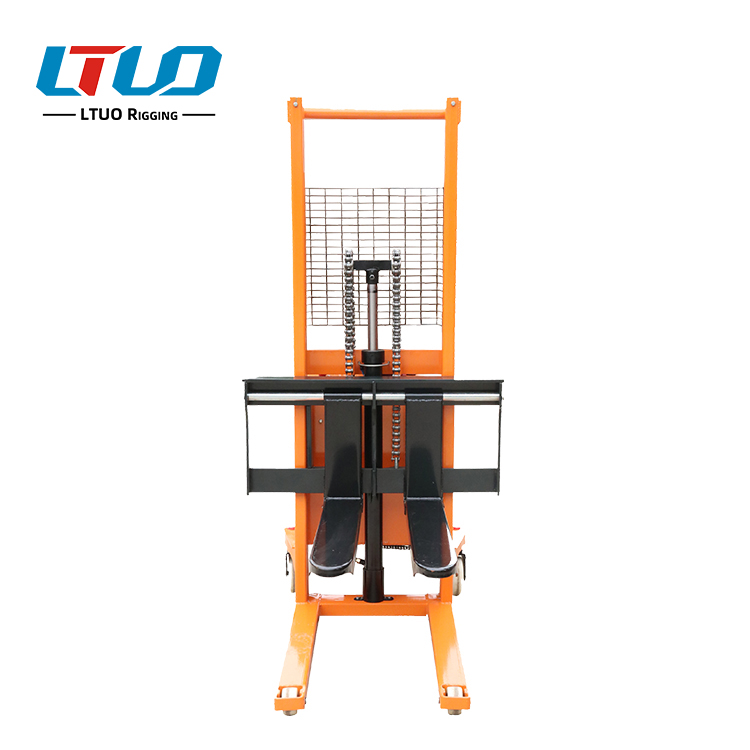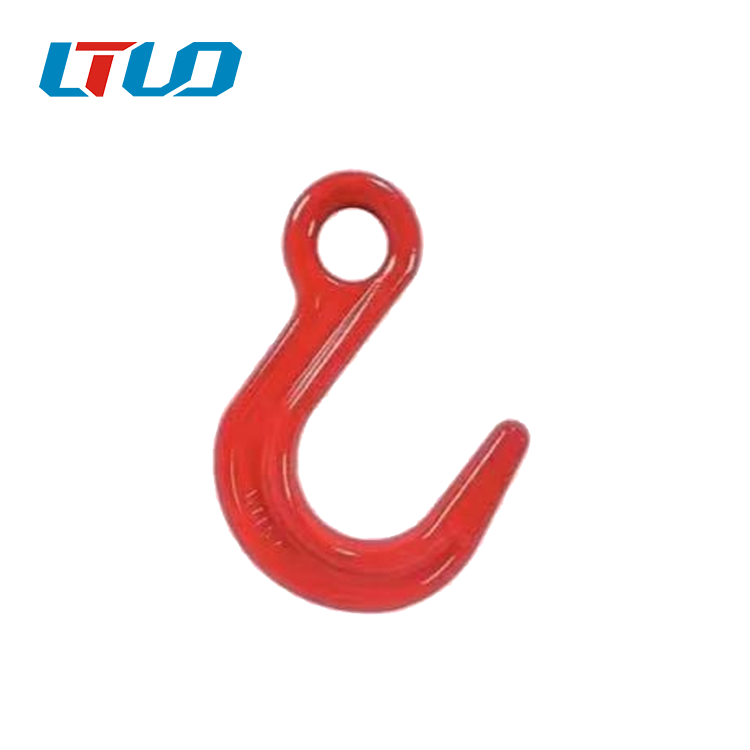Conventional lifting belts, generally made of high-strength polyester filament, have multiple advantages such as high strength, wear resistance, oxidation resistance, UV resistance, and soft texture, non-conductive, no corrosion (no harm to the human body), and are widely used in various fields.
1, when choosing the lifting belt specifications, it is necessary to take the size, weight, shape of the load to be lifted, as well as the lifting method to be used and other common effects of the use of the coefficient into consideration in the calculation, given the limit working force requirements, while the working environment, the type of load must be considered. Must choose both sufficient capacity, and can meet the use of the appropriate length of the sling, if multiple lifting belts are used at the same time lifting load, must choose the same type of lifting belt; The raw material of the flat lifting belt cannot be affected by the environment or load. Whether accessories or soft lugs are required, careful consideration must be given to matching the end of the lifting belt with auxiliary accessories and lifting equipment.
2, the limit of sling Angle When using a flat sling with soft lifting ears, the length of the lifting ear can not be less than 3.5 times and the hook of the contact part of the lifting ear is very thick, and the Angle of the lifting ear activity can not exceed 20°. When connecting slings and lifting gear with soft lifting lugs, the contact part of the sling and lifting gear must be constant, unless the axial width of the sling does not exceed 75mm, and the bending radius of the lifting attachment must be at least 0.75 times the axial width of the sling.
3. Follow the good lifting experience and plan the lifting and light operation plan before starting the lifting.
4. When hoisting, correctly use the hoisting belt connection mode to correctly place and connect the hoisting belt in a safe way
To connect the load, the hoisting belt must be placed on the load so that the load can balance the width of the sling; Never tie or twist the sling stitching site must not be placed on the hook or lifting equipment and is always placed on the upright part of the sling to prevent damage to the tag by moving away from the load, the hook and the locking Angle
Next: Round steel tube clamp understand
Previous: Round steel pipe clamp understand

2TC Series:The microelectric Stacker is a manual propulsion and electric stacker that provides cost-...

1tC Series:The microelectric Stacker is a manual propulsion and electric stacker that provides cost-...

Smooth surface, uniform color, specifications, information, clear CE markingMade of high quality all...

Rated load: 3.8TPurpose: The hook is mainly used as a connecting tool in lifting operationMaterial: ...